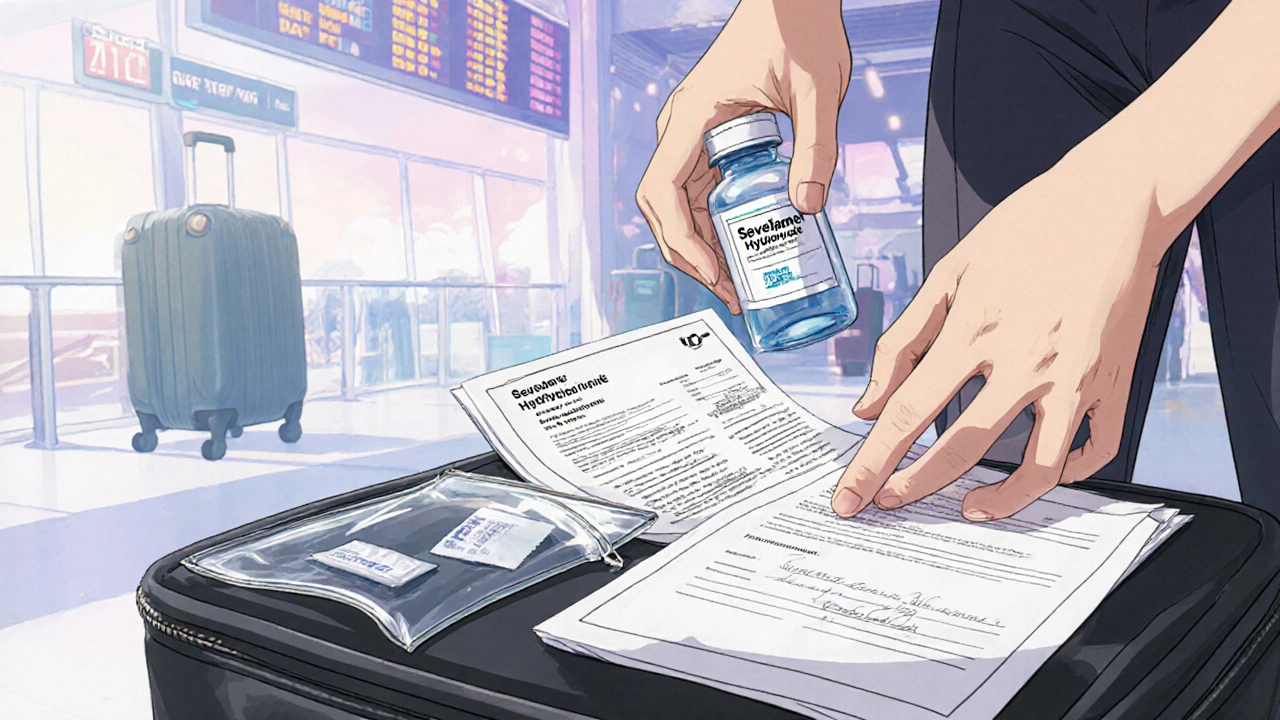Did you know your kidneys filter about 200 liters of blood each day? When they start to fail, the effects spread to every part of your body. Understanding kidney disease early can keep you feeling better and avoid costly complications.
Kidney disease, also called renal disease, covers a range of conditions that damage the kidneys’ ability to clean blood, balance fluids, and control electrolytes. The most common forms are chronic kidney disease (CKD) and acute kidney injury (AKI). CKD progresses slowly over months or years, while AKI can strike suddenly after a serious infection, surgery, or medication overdose.
In the early stages, many people feel fine. That’s why a simple blood test (eGFR) and urine check are the best way to catch problems before they become obvious. When symptoms do appear, they often include:
If you notice any of these, especially swelling plus fatigue, talk to your doctor right away. Early intervention can slow the loss of kidney function.
Some things increase your odds of developing kidney disease:
Managing these factors is the cornerstone of prevention. Keep blood pressure under 130/80 mm Hg, control blood sugar, stay active, and aim for a balanced diet low in sodium and processed protein. Drinking enough water – about 2 liters a day for most adults – helps the kidneys flush waste, but don’t overdo it if you have heart failure.
When kidney disease is diagnosed, treatment focuses on three goals: slow progression, treat complications, and maintain quality of life. Medications like ACE inhibitors or ARBs lower blood pressure and protect the kidneys. If you have diabetes, tight glucose control can reduce the risk of further damage. In later stages, dialysis or a kidney transplant may become necessary.
FamilyMeds offers easy‑to‑read guides on specific medicines often used in kidney care, such as antihypertensives, diuretics, and phosphate binders. You can also find dosage tips, side‑effect warnings, and FAQs that help you stay on top of your regimen.
Nutrition plays a big role, too. A renal‑friendly diet limits sodium, phosphorus, and high‑potassium foods while providing enough protein to prevent muscle loss. Think fresh veggies, berries, lean poultry, and whole grains in moderated portions. Your doctor or a dietitian can tailor a plan that matches your lab results.
Regular monitoring is key. Schedule blood work every 3–6 months to track eGFR, creatinine, and electrolyte levels. Keep a symptom journal – note any new swelling, changes in urine, or energy dips – and bring it to each appointment. This proactive approach lets your care team adjust treatment before problems escalate.
If you’re searching for reliable info, the Kidney Disease tag on FamilyMeds pulls together articles on related meds, lifestyle tips, and patient guides. Whether you’re looking for how to buy generic blood pressure pills safely or want to compare kidney‑friendly supplements, the site consolidates trustworthy resources in one place.
Bottom line: kidney disease often hides until it’s advanced, but simple tests, healthy habits, and timely medical care can keep your kidneys working longer. Keep an eye on risk factors, stay curious about your lab numbers, and use resources like FamilyMeds to stay informed. Your kidneys do a lot for you – give them the support they deserve.

Compare PhosLo (calcium acetate) with other phosphate binders like sevelamer, lanthanum, and ferric citrate. Learn which is best for kidney patients based on cost, side effects, and lab results.
Read More
Learn how to travel safely with Sevelamer Hydrochloride, covering packing, temperature control, dosing across time zones, customs tips, and emergency planning.
Read More
Compare Renagel (Sevelamer) with calcium acetate, lanthanum carbonate, sucroferric oxyhydroxide and ferric citrate. Find out which binder suits your kidney disease best.
Read More© 2025. All rights reserved.